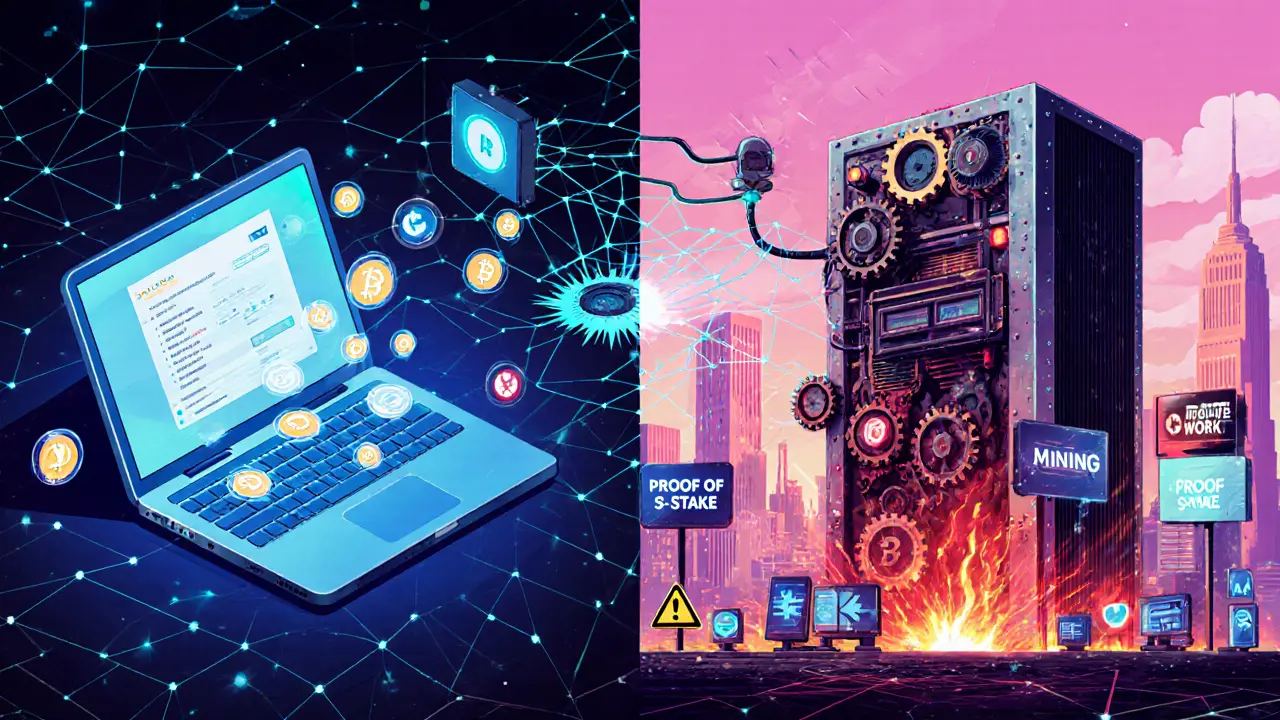Staking: How It Works and Why It Matters
When working with Staking, the process of locking up crypto tokens to support network operations and earn rewards. Also known as crypto staking, it lets holders turn idle assets into a source of passive income while helping secure blockchains. Staking isn’t just a buzzword; it’s a core pillar of many modern networks and a gateway to higher yields compared to simple holding.
Key Concepts Behind Staking
At the heart of most staking systems is Proof‑of‑Stake, a consensus model that selects validators based on the amount of tokens they lock up. This model encompasses validator selection, reward distribution, and network security. A Validator, an entity or individual that proposes and finalizes new blocks in a PoS network earns staking rewards proportional to its stake, but also bears the risk of slashing if it behaves maliciously. Because of this risk‑reward balance, many users blend pure staking with Yield Farming, the practice of moving assets across DeFi protocols to capture the highest possible returns. Yield farming requires an understanding of smart‑contract interactions, gas costs, and platform security, linking it tightly with broader DeFi ecosystems. Together, PoS, validators, and yield farming enable a flexible, multi‑layered approach to earning on crypto holdings.
Our stash of articles under the staking tag reflects this layered reality. You’ll find step‑by‑step guides on claiming airdrops that boost staking capital, deep dives into exchange fee structures that affect net returns, and analyses of regulatory shifts that can impact validator operations. Whether you’re evaluating a new validator on a niche chain or comparing the yield curves of major DeFi platforms, the pieces below give you the context you need to make informed moves. Dive in to see practical tactics, risk assessments, and the latest market moves that shape staking outcomes.
Canyont (CTYN) is a BEP‑20 staking token on Binance Smart Chain. Learn its tokenomics, market data, how to store it, and the risks before investing.
MoreExplore the differences between staking and mining, covering energy use, hardware costs, rewards, risks, and future trends for blockchain validation.
More
